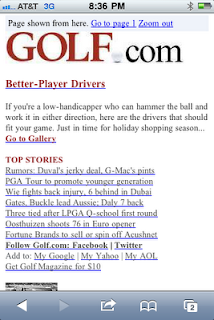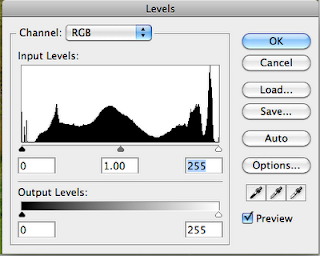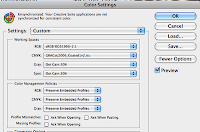The other day I was asked if using a 2 megapixel camera is sufficient for images in an offset printed piece. This is a loaded question and takes an understanding of the science/math behind megapixels. I’m going to attempt to illustrate this for you. Please understand that resolution is only one small part of the factors that make a photograph good. Other factors such as color, contrast, sharpness and focus play an equal if not more important role.
The viewing distance of the final piece also plays a role. The information provided here is specifically for print collateral that one would hold in their hand and read. Typically an image resolution of 300 dpi is desired for high quality image reproduction.
Here are some typical camera resolutions:
2 megapixels: 1600 x 1200 Multiplied = 1,920,000 pix or about 2 megapixels
3 megapixels: 2048 x 1536 Multiplied = 3,145,728 pix or about 3 megapixels
4 megapixels: 2274 x 1704 Multiplied = 4,362,240 pix or about 4 megapixels
5 megapixels: 2560 x 1920 Multiplied = 4,915,200 pix or about 5 megapixels
6 megapixels: 2816 x 2112 Multiplied = 5,947,392 pix or about 6 megapixels
7 megapixels: 3072 x 2304 Multiplied = 7,077,888 pix or about 7 megapixels
8 megapixels: 3264 x 2468 Multiplied = 8,055,552 pix or about 8 megapixels
Notice the 2MP camera and the 8MP camera. The first thing that should be noticed is that the 8MP camera has only twice the resolution in the Height X Width as the 2MP camera. Hmm, Did you realize that? MP’s are like the square footage of pixels. Most people think that 4MP is twice 2MP. etc. Sure it is but not when it comes to image dimensions.
So now how do these numbers relate to a 300 DPI image used in your printed piece?
To figure this out we will use a simple calculation of DPI time Inches.
Example:
5” X 300dpi = 1500pix 7” X 300dpi = 2100pix
This means that in order to produce a picture at 300 dpi, you need a camera capable of a 2100 X 1500 resolution. If we look at the information above we see that a 3MP camera gives enough pixel resolution to produce a 300dpi 5X7 image in a landscape fashion but not portrait. Turning the camera on its side when taking the shot would allow enough resolution for a portrait orientation.
These examples are based on using the whole image. This is where being a photographer is important. The framing of the shot is critical. Cropping an image will have a major effect on the size you can use it. See this example:
If you are using a 2MP camera and wanted a 4X5 crop, close to the example above, you would need to have turned the camera on its side and cropped the shot in the viewfinder. The 8MP image is sufficient with a bit of scaling.
The math is pretty simple. Basically take the size you desire and multiply it by 300 this will give you the amount of pixels needed.
Dimension X 300DPI = Amount of pixels. For 5” you need 1500pix, For 3”, 900pix etc.
Full frame images are capable of the following output size at 300DPI
2MP = about 5.33” X 4” at 300DPI
3MP = about 6.82” X 5.12” at 300DPI
4MP = about 7.58” X 5.68 at 300DPI
5MP = about 8.58 X 6.4” at 300DPI
6MP = about 9.38 X 7.40” at 300DPI
7MP = about 10.24 X 7.68” at 300DPI
8MP = about 10.88 X 8.23” at 300DPI
I'm not a math teacher, just ask my kids, but if you have this information, you can relate it to pixels and determine if your image has sufficient resolution at the desired crop.
Hope this helps.








































